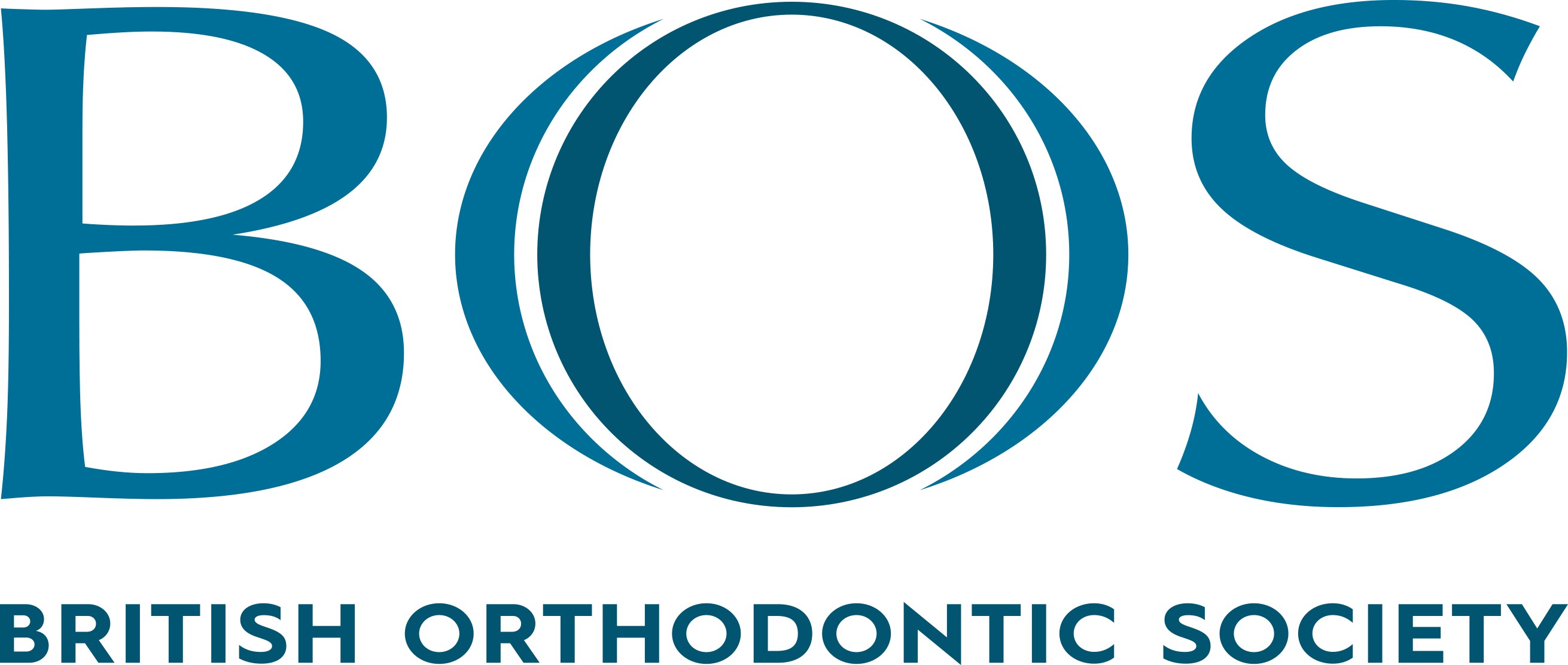NEW LINK ADDED 3 DECEMBER 2020

Following the publication of the Scottish Dental Clinical Effectiveness Programme's (SDCEP) Mitigation of Aerosol Generating Procedures in Dentistry, A Rapid Review Version 1.0 25 September 2020, that clarifies the evidence behind AGP generation during dental treatment and the mitigating factors which can be implemented, we have uploaded an updated table AGP Risk During Orthodontics Procedures - 25th September 2020 to the BOS website, replacing the previous version of the table. There are links to these documents below.
The table details the risk of AGPs and the mitigation needed for specific orthodontic procedures. The BOS believes that both high and slow speed handpieces produce AGPs. However, the AGPs that pose risk of airborne COVID transmission are those that have a particle size of <5µm. This has been shown to be those produced by motor instruments that have a rotational speed of greater than 60,000 rpm; high speed handpieces. Slow speed handpieces have a speed of less than 60,000rpm and most are around 40,000 rpm. Part 3.2.1 of the SDCEP document states: "Although complex, it was observed that the use of instruments at speeds of less than 80,000 to 100,000 rpm appears to reduce the risk of atomisation significantly, and at less than 60,000 rpm leads to minimal aerosol production.”
In addition, the SDCEP document also states in table 3.1 "For some procedures or instruments categorised in Group B, a further risk assessment of exactly how the instrument will be used is required to determine whether to follow the precautions recommended for Group A procedures. "
In view of this we continue to support the use of slow speed handpieces for orthodontic procedures, including removal of composite adhesive, using standard PPE which is appropriate for non-AGPs. Where procedures using slow speed handpieces are lengthy (such as full arch debonding) it may be prudent to risk assess, in individual cases, as to whether additional mitigation measures are required. The table gives further details and links to the documentation published.